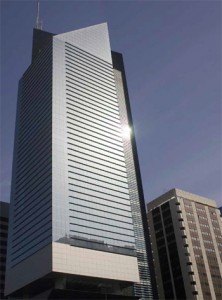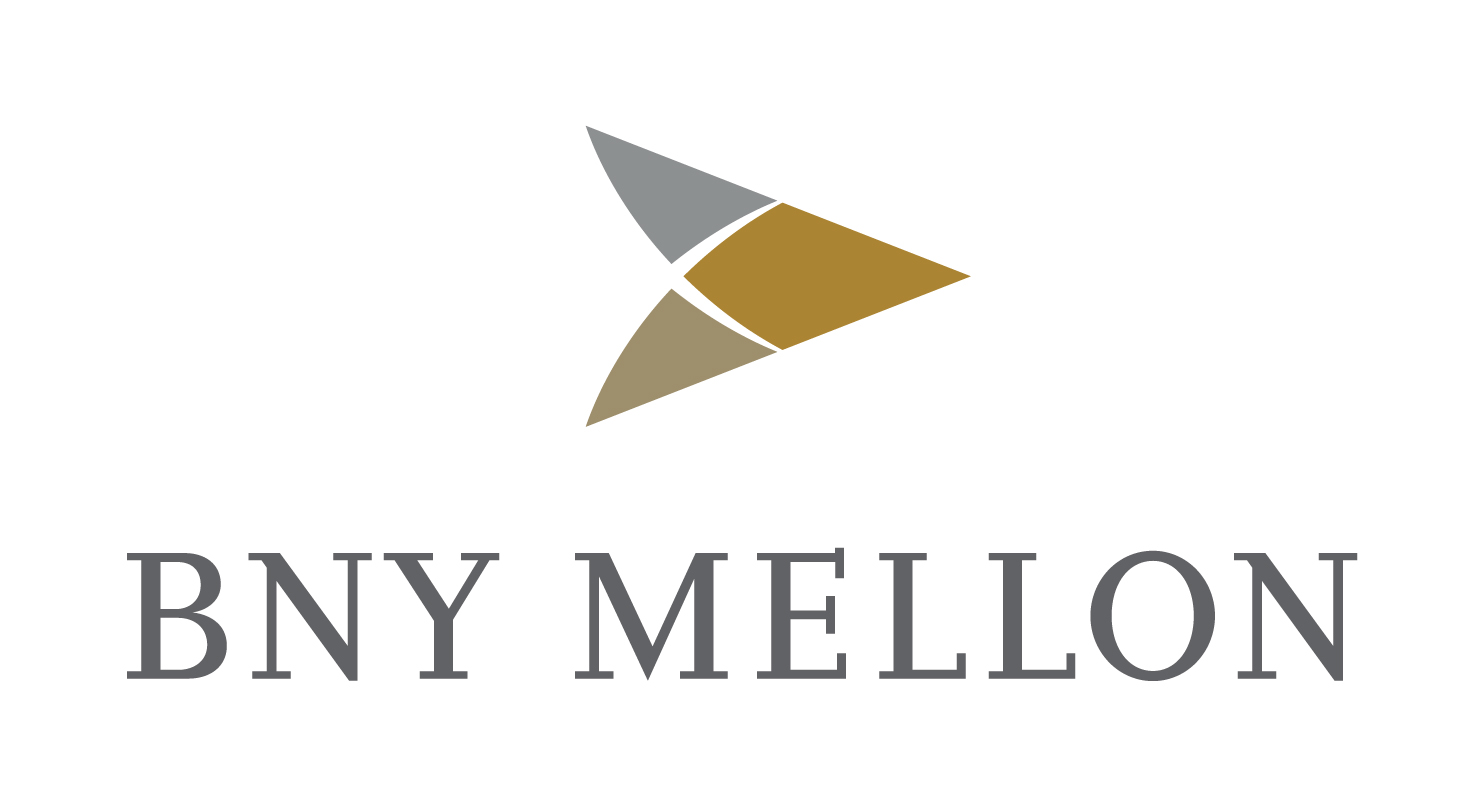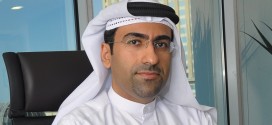 An impressive one-off or a pointer to the return of international confidence in Gulf banking? Paul MellY looks at the recent NBAD bond issue.
An impressive one-off or a pointer to the return of international confidence in Gulf banking? Paul MellY looks at the recent NBAD bond issue.
A herald of financial recovery in the UAE – or a special case that tells us nothing about the wider prospects for other local institutions? That’s the question being asked about the success of the National Bank of Abu Dhabi (NBAD ) in raising $750m at a highly competitive price in the international bond market.
This spring the bank revealed that it was engaged in a roadshow marketing campaign to make its case to potential investors. Their response was strongly positive: five-times over-subscribed, the issue was finally launched on 25 March at a competitively priced 4.25 per cent.
So was this impressive exercise a one-off,or a pointer to the gradual return of international confidence in Gulf banking? Something of both is probably the fairest answer.
NBAD is not the only Arabian bank to make a successful return to the fixed rate funding market since the global financial crisis. Bank Saudi Fransi recently raised $650m though a euro medium-term note, while Saudi Hollandi had already announced the success of a SAR 725m [Saudi riyal] sukuk (Islamic bond) in January. Last year, the Bahrain-based Gulf International Bank (GIB) mobilised SAR 2bn through a Saudi riyal issue, while NBAD itself raised $850m through a five-year medium-term note.
Nor is the Abu Dhabi bank a regional pioneer in terms of investor response to its post-crash funding exercises. The GIB deal was more than three times over-subscribed, while Saudi Fransi managed to sign up investors for its new issue at a mere 175 basis points above mid-swaps. NBAD has had to settle or a slightly higher premium, at 178 basis points.
But what distinguishes NBAD is the fact that it is based in the UAE – whose economy was shaken to its roots by the financial crisis that exploded in Dubai last November.
Significant achievement
Across the Gulf as a whole, recovery from the global slowdown had already begun by that stage; cautiously, lending and investment had resumed, helped by a resurgence in the oil price. Indeed, the success of NBAD ’s September 2009 bond issue was symptomatic of this positive trend.
But then came November’s shock announcement of payment breakdown among key entities in Dubai’s multi-layered parastatal sector – following a slump in real estate prices – rapidly followed by the refusal of the emirate’s government to underwrite the
payment obligations of the striken Dubai World holding group.
This posed an immediate question about the strength of banks throughout the United Arab Emirates and the extent of their exposure to Dubai World and, more generally, the local real estate sector as a whole. Plunging prices and demand for property had already jeopardised the value of any collateral held by banks that had lent to the sector; now the prospect of an outright suspension of scheduled repayments by some major borrowers loomed.
In this context, NBAD ’s achievement in raising $750m at this time, and moreover, at a highly competitive price, is impressive.
International perceptions of UAE business risk have, understandably, worsened dramatically since the bank’s previous funding foray last September. Yet NBAD was able to defy the mood and mobilise a sum right in the middle of its target $500m-$1bn range – and at a highly competitive price.
Its ability to do so was a measure of two factors – its recent success in containing exposure to the most troubled sectors of the UAE and regional economy and the strength of its underlying business franchise.
The two are, in fact, closely linked. Because of the strength of the bank’s core business, particularly in Abu Dhabi, it was able to hold back from overindulgence in real-estate financing during the years of the boom in neighbouring Dubai.
To the extent that NBAD is exposed to troubled property firms, this is balanced by the scale of its lending to other clients, particularly government.
Under pressure to protect its share of the UAE market over the past decade, the bank could not stand completely aside from a sector that was one of the main drivers of economic growth, with Dubai leading the way and other emirates also witnessing a surge in property development.
“The real estate sector took off. If you were a bank in the UAE you had to participate in it,” says Deepak Tolani,
a banking analyst at Al-Mal Capital in Dubai. “It’s been hard not to take part in the real estate boom here.”
However, Tolani explained, NBAD limited its involvement. The bank did not over-extend itself in the mortgage business, in contrast to many other Emirati institutions, including at least one big Abu Dhabi name; its exposure to troubled Dubai entities, while still substantial, is not crippling.
As of 29 November 2009, NBAD had a total exposure of $345m to the units within the Dubai World Group – a nominal investment of $114m in Nakheel’s December 2009 sukuk labelled available for sale; a $6m nominal share in the same bond held in the trading portfolio and marked-to-market, and general corporate loans of $100m and $125m to Nakheel and Limitless respectively.
In March, the bank indicated that it might further boost its provisions against Dubai World entities. But at least it has no exposure to the main Dubai World Group, while exposure to units within the group has to be seen in the context of the bank’s total assets – valued at AED 196.8bn ($53.6bn).
Prime provider
Tolani said that NBAD – which is 70 per cent owned by the government of Abu Dhabi – has benefitted from its role as a prime provider of banking services to government and parastatals in Abu Dhabi. The bank attracts deposits from these financially strong public sector entities in the UAE ’s richest emirate and it is also able to lend to them; this helped it grow loans and deposits by 18 per cent last year, when average loans growth across the UAE as a whole was only five per cent.
After substantial provisioning against potential bad debts, net profits for 2009 were only just above those achieved the previous year, at AED 3.02bn.
But chief executive Michael Tomalin believes the headline figures disguise a strongly positive underlying business trend. “Although
our net profits in 2009 appear to be flat, operating profits increased 18.2 per cent and we have increased capital, invested in the business, grown the bank and built substantial provisions against the future.”
The valuation that stockmarket investors have been placing on the bank suggests that his assessment is broadly accepted.
“NBAD is trading at 1.1-1.2 times book value, whereas the market is trading at 0.8 times,” says Tolani. “So they are trading at about
35 per cent more.”
The success of the recent bond issue is a further indication of financial market confidence in the bank. The strength of demand for the issue meant that, ultimately, NBAD was able to raise the funding it sought for a price that was lower than the guideline price that had initially been indicated for the bond. There were more than 250 orders for the issue, half of which was ultimately placed with investors in Europe, with most of the balance split between the Middle East and Asia.
Last year’s $850m bond by NBAD was the first US dollar-denominated international public transaction since 2007 by a financial institution from a Gulf Cooperation Council country. The bank’s latest issue does not carry quite the same regional post-crisis pioneering status, although its success clearly represents an important step forward for an Emirati institution in the wake of Dubai’s crash.
But, essentially, this is a vindication of NBAD ’s particular business model. It does not really set a precedent for other UAE banks. Only time will show whether they have the standing to tap the market on a comparable scale or at a similarly affordable price.
 Cash And Trade Magazine For Cash and Trade professionals in the Middle East
Cash And Trade Magazine For Cash and Trade professionals in the Middle East




